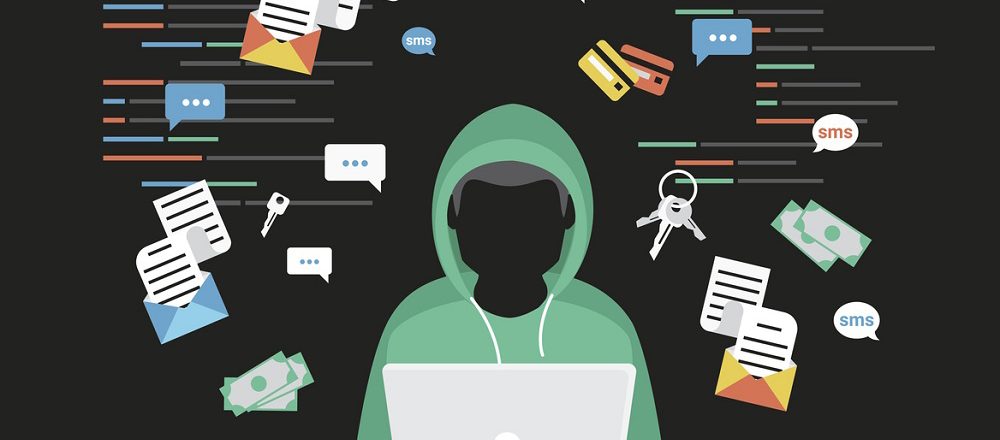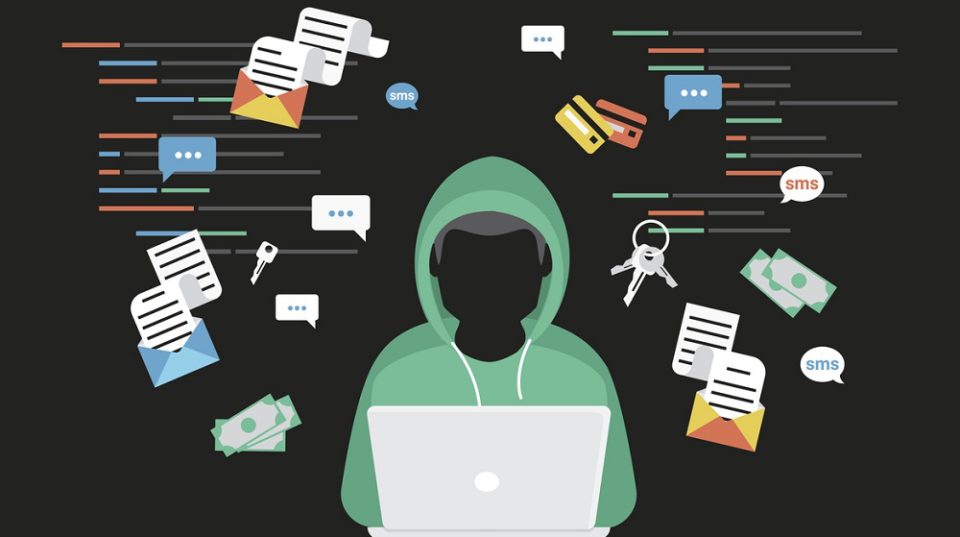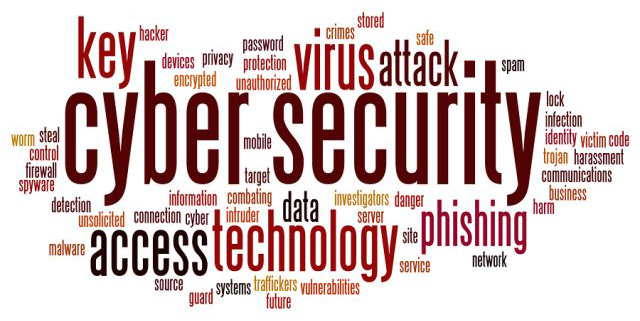
A new year is here and it’s rich with opportunity, but not just from a business point of view. For hackers, 2019 promises to be a busy and lucrative year.
From enhancements to existing methods of hacking through to completely new approaches, hackers will be doing their best to breach the defenses of organizations all over the world. With methods such as cryptomining rapidly gaining popularity – and generating nice incomes for the hackers – it’s easy to see why hacking is evolving so quickly. If a hacker can design software that gives them just a 1% advantage over their rivals then there’s a good chance they will reap the financial rewards on offer. And that’s why 2019 is going to see significant advances in hacking technology.
However, it’s possible to protect your organization by educating yourself on the five biggest cyber-security threats for 2019.
-
A Rise in Internet of Things (IoT) Attacks
Despite the headlines regarding IoT device vulnerabilities, little has been done to rectify the flaws. Default passwords are still commonplace across devices and a demand for increased flexibility to work with various operating systems has made IoT devices easy targets. Securing your IoT devices, therefore, is crucial.
-
An Increase in Biometric Hacking
Biometric passwords such as fingerprint or retina recognition are methods of security which, on the surface, appear to be difficult to beat due to the individual nature of fingerprints and retinas. However, the software behind this technology is much more vulnerable. Flaws in both the software and hardware are likely to be discovered and exploited during 2019, so relying purely on biometric passwords is not a recommended strategy.
-
Chatbots will Start Phishing
Bots have been present online for decades, but an emerging trend has seen hackers designing chatbots that socially engineer computer users and extract their sensitive data. Computer users are becoming increasingly reliant on chatbots contained within websites for help, so it’s a clever move on the hackers’ part as it allows them to send malicious links direct to users in real time. Educating your staff on the dangers of such interactions will be essential during 2019.
-
A Major Cloud Hack Will Occur
The amount of data stored within the cloud is immense and it’s surprising that one of the major cloud vendors hasn’t suffered a major hack already. And this is why it’s likely that attacks on cloud vendors will increase in 2019. The cloud, of course, remains a fantastic storage solution, but make sure you’re aware of your vendors security capabilities and retain physical backups of your data.
-
Botnet Attacks Will Take Down the Internet
Botnets have disabled large sections of the internet before such as the 2016 attack which saw PayPal, Twitter and Amazon taken down. Naturally, this is terrible news for the organizations which have been hacked, but the knock on effect is a decrease in productivity for organizations that rely on these services e.g. accepting PayPal payments. Therefore, identifying the key online services your organization relies on and creating a contingency plan in the event of an attack is vital.
For more ways to secure and optimize your business technology, contact your local IT professionals.
Read More











